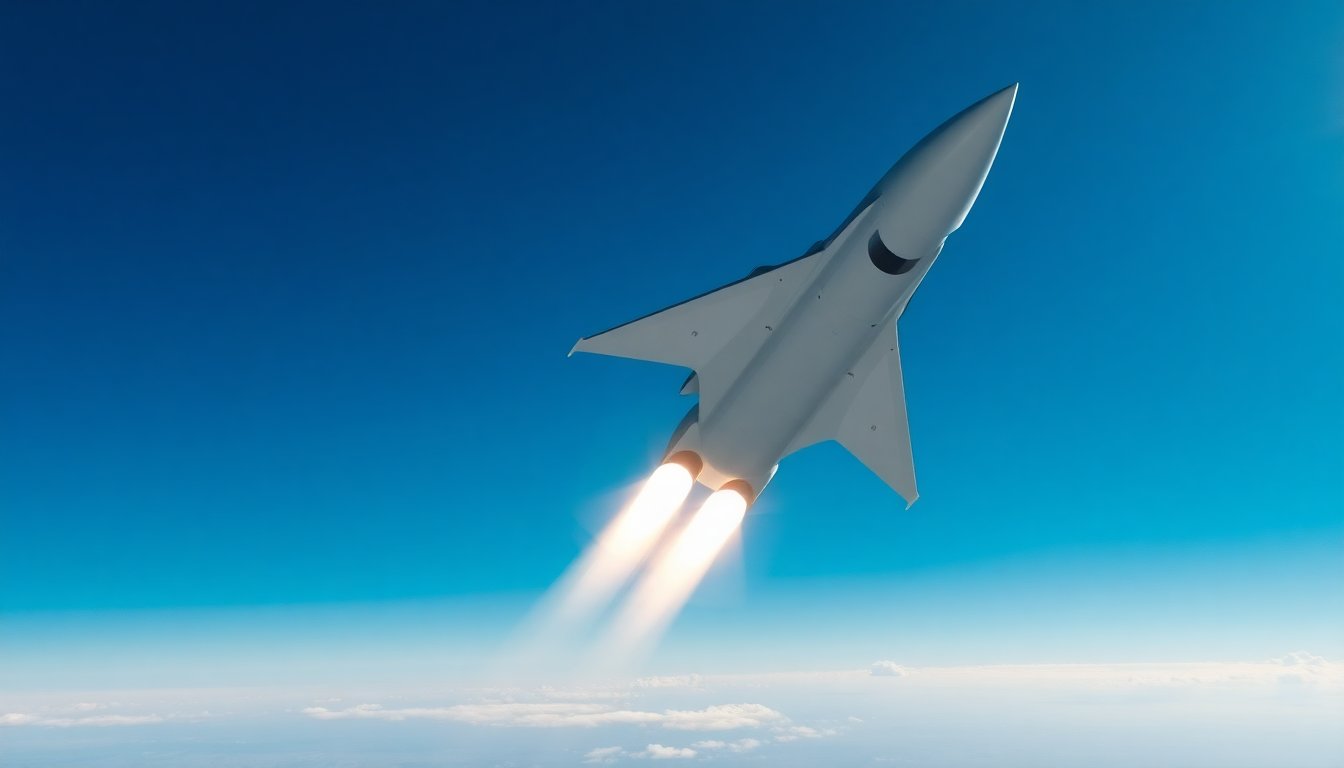Table of Contents
In a significant advancement for military technology, researchers in China have unveiled a cutting-edge hypersonic missile featuring a unique design that allows it to modify its shape during flight. This innovation not only showcases engineering expertise but also has the potential to transform aerial defense and offense capabilities.
The missile’s most notable feature is its retractable wings, which can be stowed to reduce air resistance while traveling at incredibly high speeds. When necessary, these wings can extend to enhance lift and maneuverability, enabling the missile to navigate complex flight paths with precision.
This dynamic adjustment to its aerodynamic profile exemplifies the latest advancements in aerospace technology.
Details of the missile’s design
Published in the esteemed journal Acta Aeronautica et Astronautica Sinica, the research was led by Professor Wang Peng from the National University of Defence Technology (NUDT).
The team’s findings emphasize the missile’s innovative features along with the extensive testing it has undergone. The research confirms that the missile’s advanced control algorithms and key components have successfully passed hardware-in-the-loop (HIL) ground tests, an essential step towards operational deployment.
Revolutionary aerodynamic features
A primary advantage of the missile’s design is its ability to optimize speed and agility. The retractable wings are critical to this process. When folded, they significantly lessen drag, enabling the missile to achieve velocities exceeding Mach 5.
This capability is vital for military applications, where speed can determine the outcome of both offensive and defensive operations.
When necessary, the wings can be deployed to provide additional lift and improve the missile’s capacity for rapid directional changes.
This adaptability is essential, as it allows the missile to evade interception and maneuver through challenging environments. The ability to alter its aerodynamic profile mid-flight distinguishes this missile from traditional hypersonic weapons.
Implications for military strategy
The emergence of such advanced hypersonic technology has significant ramifications for global military dynamics. With the potential to strike targets with unmatched speed and precision, this missile could reshape modern warfare. Nations worldwide are closely observing these developments as the competition for hypersonic capabilities intensifies.
Furthermore, the missile’s dual-mode operation—allowing for both high-speed cruising and enhanced maneuverability—may redefine strategic approaches to defense systems. With reduced warning times and a higher likelihood of surprise attacks, military planners may need to reassess existing defense strategies in light of this emerging threat.
Future developments and research
As the research team continues to enhance this technology, future iterations of the missile are anticipated, potentially incorporating more sophisticated control systems and materials capable of withstanding extreme conditions. The successful completion of HIL tests marks only the beginning; ongoing research will likely aim to optimize the missile’s performance and broaden its operational capabilities.
China’s hypersonic missile signifies a remarkable milestone in aerospace engineering and military strategy. Its ability to morph mid-flight using retractable wings exemplifies the innovative spirit driving progress in this field. As countries globally contend with the implications of this technology, the future of warfare may be on the verge of a transformative change.





